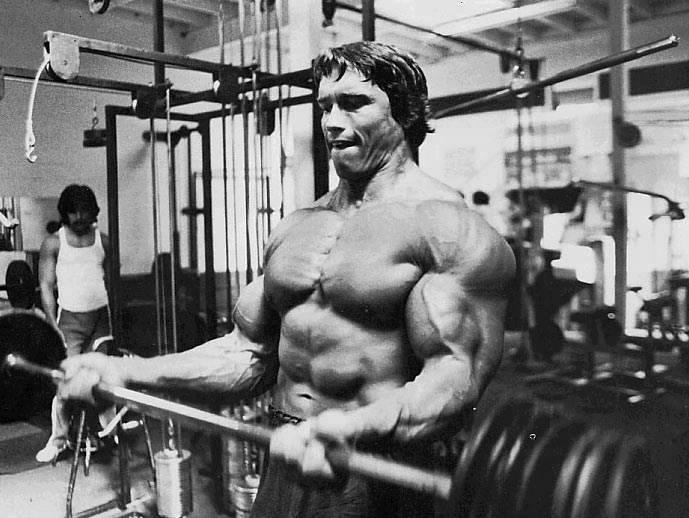Interesting Times and Heavy Lifting
A college friend who is an avid reader and married to another college friend and avid writer sent this story to me with this note: “Interesting times ahead.”
Big Six publishers decline to renew contract with Amazon over unfavorable terms
He, several friends, and I engaged in some commentary on the article. Here’s an edited/condensed version of my thoughts:
Isn’t that an old Chinese curse – interesting times? Regardless, you’re right.
The publishers are at war with their biggest retail channel, which is increasingly competing with publishers at their own game.
I’m enthusiastic about the opportunities for indie publishing, and for more reasons than the greater potential upside on authors’ bank accounts.
However, my reality check on indie publishing is considered a buzzkill by a lot of people.
The traditional/legacy publishing model is a dinosaur that doesn’t realize the comet’s already hit, but it’s still the easiest and quickest path to selling a lot of high-quality books.
The indie/DIY/self-publishing model is thrilling and increasingly easy, but it’s fraught with hucksters and pitfalls.
I think the thrill causes a lot of aspiring writers – especially writers who are frustrated with traditional publishing – to forget that there’s a significant trade-off between traditional publishing and indie publishing … and the good and bad run both directions.
Money – royalties and revenue – is one aspect where indie publishing can shine, but also one in which a lot of self-publishing packages make it no more remunerative than traditional publishing (caveat emptor).
I’m a big fan of the indie approach, but I see a lot of people jumping into that decision without affirmatively considering the trade-offs and the work that goes into producing a book of comparable quality to what comes out the back end of the traditional route.
I also see a lot of people reading Konrath and about Hocking and finding them compelling reasons to act, rather than finding them an infinitesimally small fraction of self-published authors. For example, there were more than 750,000 self-published books last year, in addition to about 250,000 titles from the traditional publishing industry.
In the grand scheme of best-selling authors in the traditional publishing industry – in which fewer people make a full-time living writing fiction than playing professional sports – best-selling indie authors are perhaps only 1% of that, and probably less.
Considering that very few traditionally published books sell more than 100 copies (roughly 10%), and only about 5% sell more than 500 copies, the income angle looks great on the indie side. However, in any given year, about 80% of the actual books that move out of retailers and into the hands of customers are written by five or six people – it varies year to year, but you’ve heard of them: JK Rowling, Stephen King, Nora Robb, etc.
However, most authors don’t have the ability or resources (and, in my experience, the interest and will) to get a book developmentally and copy edited, designed and laid out, proofread, packaged in an attractive cover, and distributed in a fashion that’s truly comparable to what is accomplished in the traditional/legacy process – whether that’s one of the Big Six, a respected small press, or even a totally unknown publisher.
As I said, I’m an enthusiast for indie publishing. But I’m also a realist, and I worry that most people who get into it aren’t ready for the burden of producing the book they envision.
Homework and heavy lifting ahead as well.



Leave a Reply